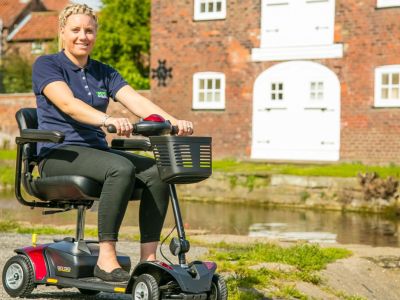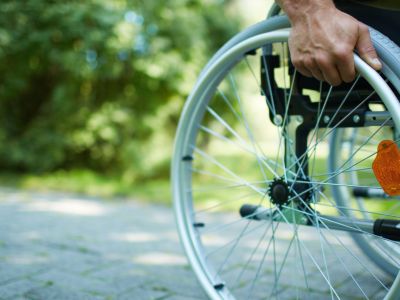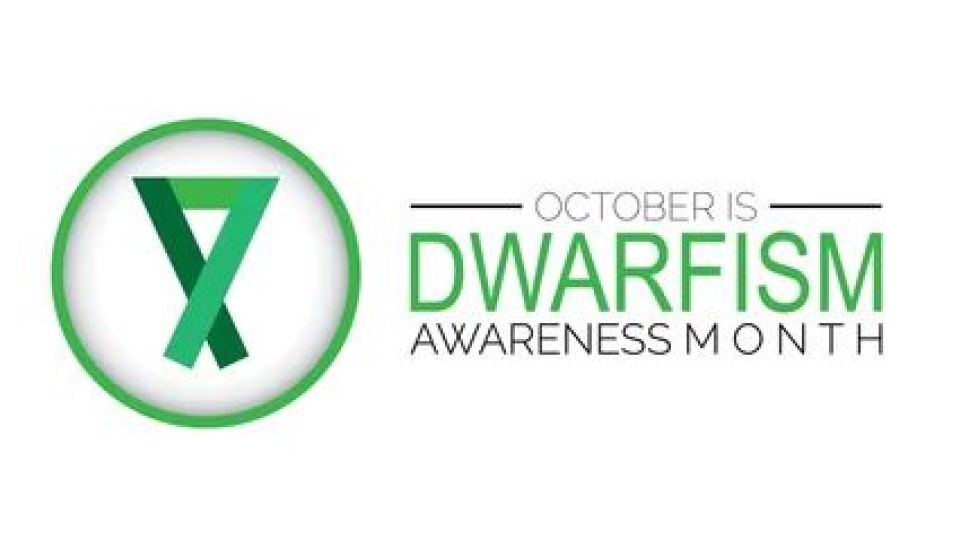
Dwarfism Awareness Month UK 2025 | History, Events & Support
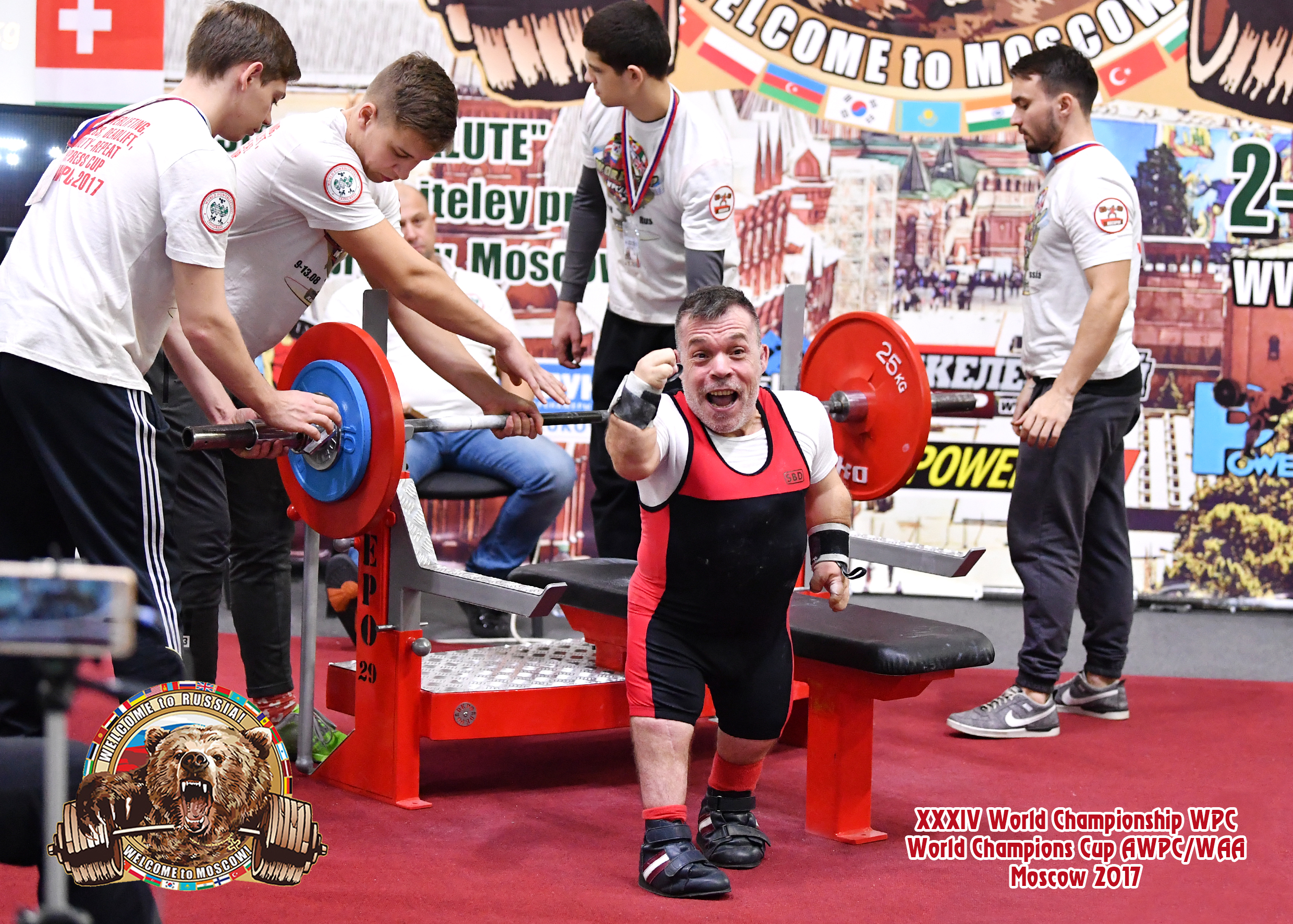
Image: Our Brand Ambassador Rich. 5 x World Powerlifting Champion in Able Bodied Federations
🌿 Dwarfism Awareness Month UK: Celebrating Diversity, Advancing Understanding
October is Dwarfism Awareness Month — a time to amplify voices, challenge misconceptions, and support people of short stature. In the UK, and around the world, this month brings focus to the lived experiences, needs, and potential of those with dwarfism.
📜 History & Origins
- Dwarfism Awareness Month was first established in 2009 by Little People of America (LPA) as a way to draw attention to conditions of short stature and to share stories, facts, and advocacy.
- A key date within the month is October 25, observed globally as International Dwarfism Awareness Day. This date was chosen to honor the birthday of Billy Barty (1924–2000), actor and founding voice in the dwarfism community.
- In the UK, organisations such as Little People UK and the Restricted Growth Association (RGA) organise awareness events, campaigns, and gatherings during October in connection with this global movement.
The overarching aim is to use this dedicated time to educate, celebrate diversity, push for better accessibility, and strengthen community networks.
🧬 What Is Dwarfism?
Dwarfism (sometimes referred to as “restricted growth”) is a medical or genetic condition characterised by significantly shorter stature than average — typically defined in adults as under 4 feet 10 inches (147 cm).
Importantly:
- Dwarfism is not a single condition. In fact, there are over 200 different genetic conditions (skeletal dysplasias and others) that can lead to short stature.
- Some forms of short stature may be proportionate (where the body’s proportions are roughly consistent) or disproportionate (where limb length, torso, or other parts differ relative to one another).
- Many of the conditions that cause dwarfism also bring associated health, mobility, or orthopedic challenges.
Common Types & Variants
While there are many rare forms, here are some of the more well-known and relatively more common types:
|
Type / Condition |
Key features / notes |
|
Achondroplasia |
The most common form of dwarfism (accounts for ~ 70% of cases of disproportionate short stature) |
|
Hypochondroplasia |
A milder form similar to achondroplasia in features, but often less severe. |
|
Spondyloepiphyseal Dysplasia (SED) |
Affects the spine (“spondylo-”) and the bone ends (epiphyseal) — can lead to spinal curvature and joint issues. |
|
Pseudoachondroplasia |
Involves joint issues and growth problems, though facial features are typically average. |
|
Diastrophic Dysplasia |
Rarer. Can affect limbs, joints, and cartilage, sometimes with joint contractures or twisting of bones. |
|
Primordial Dwarfism |
Extremely rare; often proportionate but with very small stature from early in life. |
Because many of these are rare, individuals may struggle to even find accurate information or connect with others who share the same diagnosis.
🏜️ Everyday Challenges & Barriers
People with dwarfism can lead full lives, but there are many barriers—both physical and social—that they may face on a day-to-day basis. Here are some areas of difficulty:
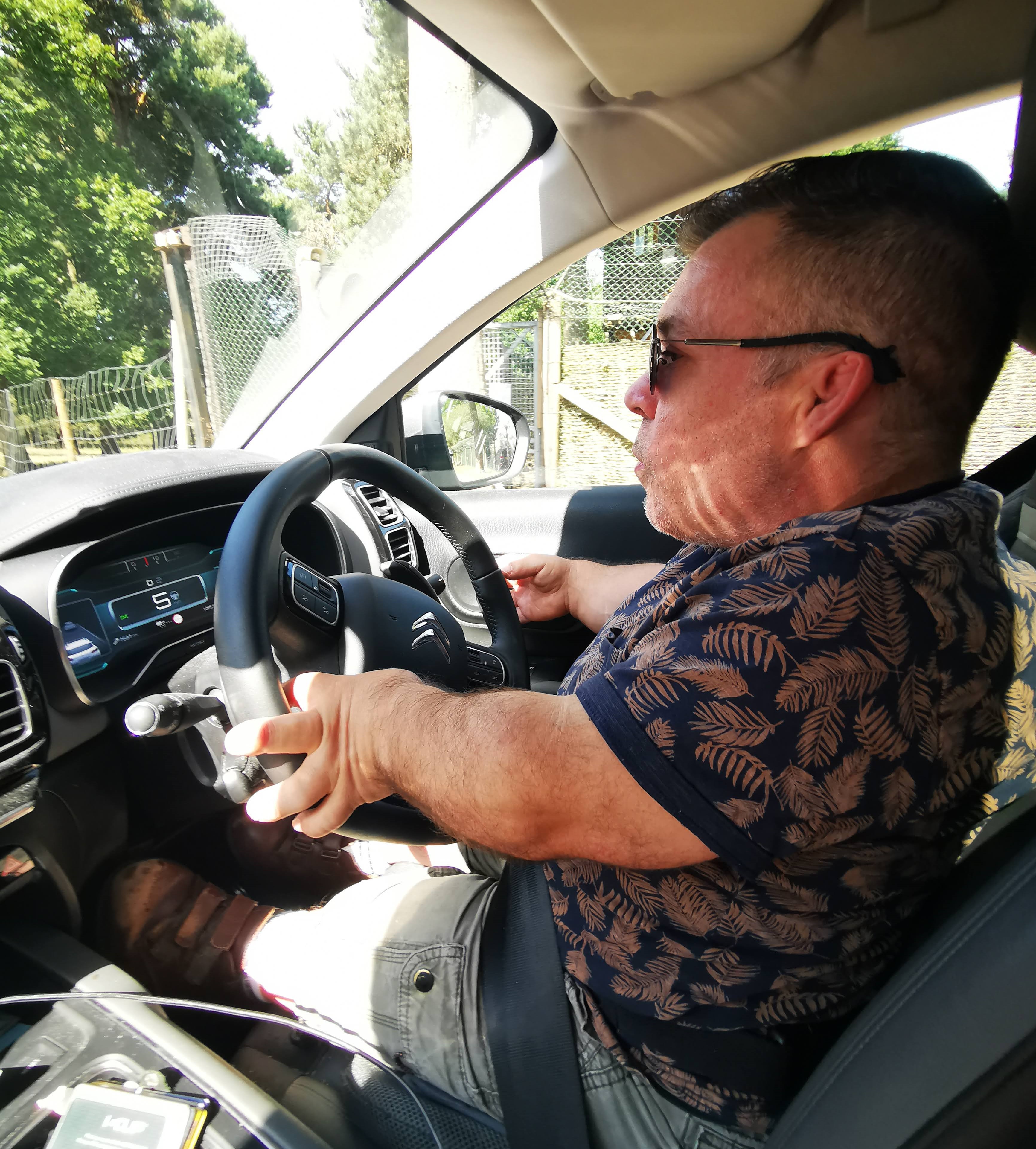
Image: Rich driving his car. He uses hand controls having switched from pedal extensions
Physical & Environment
- Accessibility: Doors, switches, shelving, handrails, counters, bathrooms, kitchen worktops, and public transport are often designed for average height, making them hard to use without modifications.
- Mobility / Health Issues: Many short stature conditions come with joint pain, early-onset arthritis, spinal issues, leg bowing, hip problems, or breathing difficulties.
- Medical care: Misdiagnosis or lack of awareness among health professionals about skeletal dysplasias can lead to inappropriate treatment plans or oversight of specific risks.
- Assistive aids and adaptation: Individuals may need stools, step aids, adapted furniture, custom-ordered items (e.g. for vehicles or seating), which may cost more or be harder to source.
Social & Psychological
- Stigma & misunderstanding: People with dwarfism often encounter stereotypes, insensitive language ("midget", “vertically challenged,” etc.), jokes, or pity rather than respect.
- Representation: Media often portrays little people in narrow roles or as comic relief, reinforcing harmful tropes.
- Employment / Education barriers: Some workplaces or schools may lack understanding or willingness to adapt. Bullying, exclusion, or lowered expectations can also be issues.
- Isolation: Particularly with rare forms, individuals and families may feel isolated or lack peer support.
Raising awareness is vital to alleviating these barriers by encouraging more inclusive design, better understanding, and respectful representation.
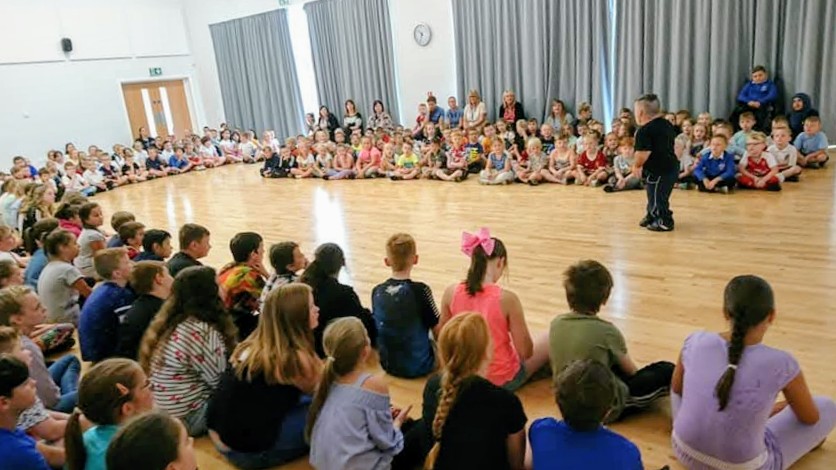
Image: Rich giving a talk in a school hall full of primary aged pupils
🎯 Aims & Objectives of Dwarfism Awareness Month (UK & Beyond)
During October, the campaign seeks to:
- Educate & correct misconceptions — Provide accurate information, counter myths, reduce stigma, and promote understanding.
- Raise visibility — Showcase the voices, successes, challenges, and stories of people with dwarfism.
- Encourage accessibility & inclusion — Inspire organisations, local councils, architects, schools, and public services to audit their infrastructure and practices.
- Build community & networks — Help individuals and families connect, share resources, and support each other.
- Advocate for policy change — Push for stronger inclusion policies, health equalities, and access to adapted services.
- Support local events & fundraising — Engage the public in walks, talks, workshops, webinars, and social media campaigns.
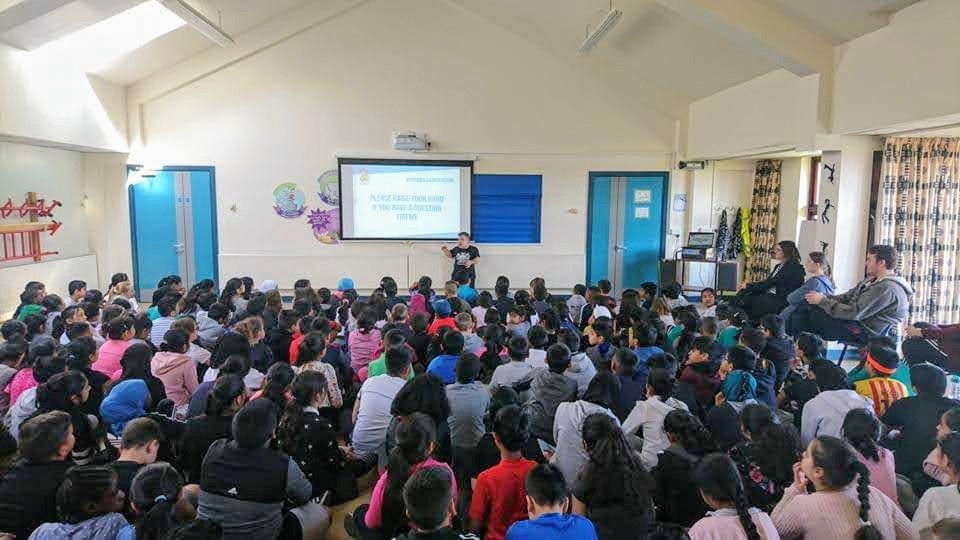
Image: Rich in a school hall full of primary aged pupils giving a presentation
🗓️ UK Events & Ways to Get Involved
Here are some typical activities and ideas around Dwarfism Awareness Month in the UK:
- Megaweekend / Convention: The Restricted Growth Association (RGA) holds a “Megaweekend” event around the end of October to bring members together.
- Talks, webinars, school workshops: Charities and local branches hold awareness sessions or “meet‑the‑community” events.
- Social media campaigns: Use hashtags like #DwarfismAwarenessMonth, #InternationalDwarfismAwarenessDay, or #GoGreenForDwarfism to share stories, facts, and support.
- Lighting buildings green: Some civic or public buildings are lit in green (a symbolic colour for inclusion) or project awareness messages.
- Fundraising / challenges: Sponsored walks, runs, donation drives, or creative events to support dwarfism charities.
- Media / press engagement: Invite journalists or local media to cover personal stories, events, and educational content.
If your organisation can host or co‑host an event (physical or virtual), that’s a powerful way to engage your community.
🏩 UK Organisations & Resources You Can Link or Support
Here are key UK organisations working in this space — you can use these as resource links or partners:
- Little People UK (LPUK) — The main UK support charity. littlepeopleuk.org
- Restricted Growth Association (RGA UK) — Provides support, information, advocacy, and networking. rgauk.org
- Dwarf Sports Association UK (DSAUK) — Helps people with dwarfism engage in sports and physical activity. dsauk.org
- Walking With Giants Foundation — Focused on families and individuals with microcephalic primordial dwarfism (a rare form). walkingwithgiants.org
- Child Growth Foundation — Offers useful information on growth, diagnosis, and referrals. hellolittlelady.com
- Skeletal Dysplasias Alliance — Europe-wide advocacy and collaboration for people with skeletal dysplasias (forms of dwarfism). Skeletal Dysplasias Alliance
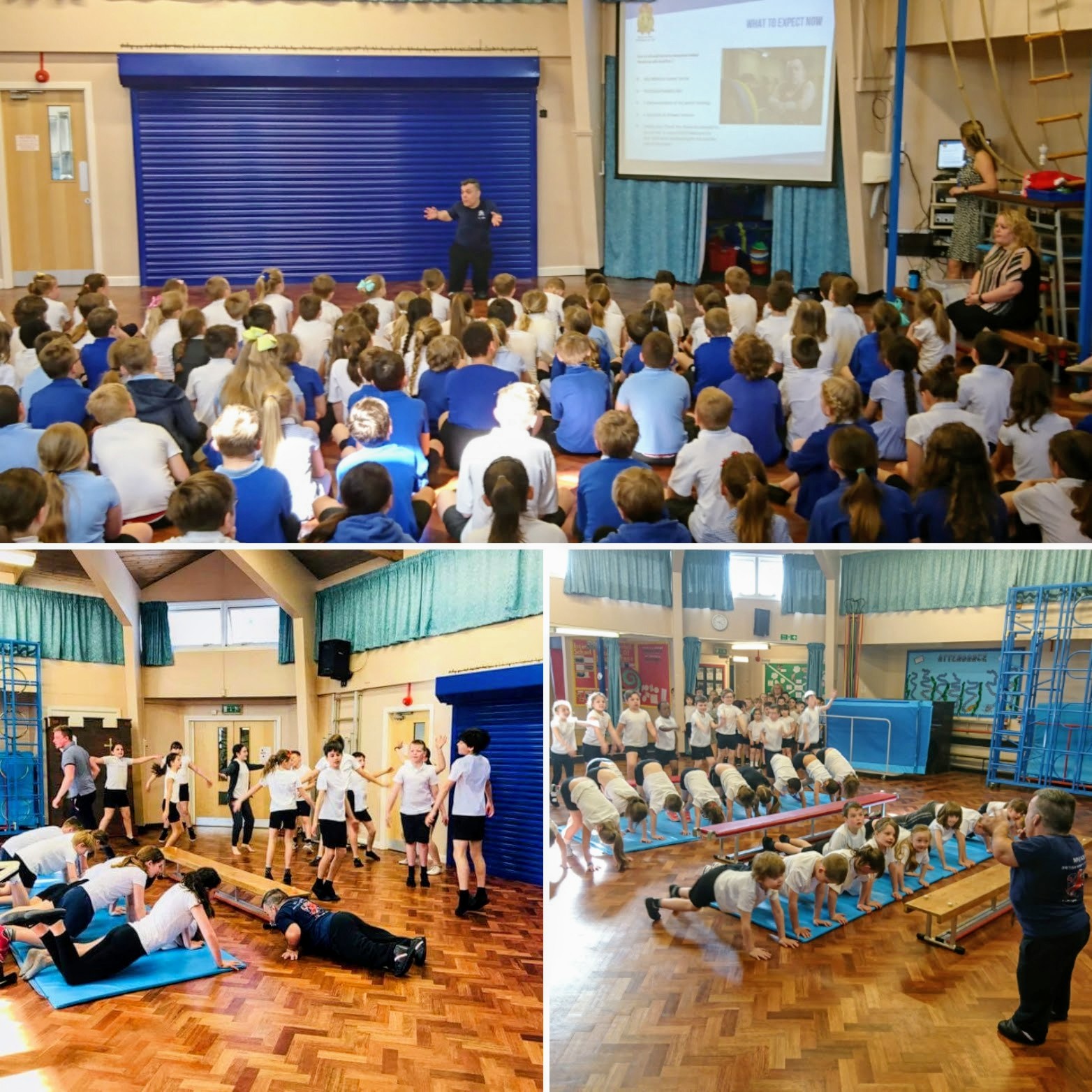
Image: 3 images. First giving a talk to a school hall of primary aged children the other 2 he is running a fun excercise and fitness class.
🛠 How Your Organisation or Readers Can Help & Take Action
Here are some practical ways individuals, organisations, and businesses can get involved:
- Educate your staff / members: Host a short awareness session or share a factsheet.
- Audit your accessibility: Check whether your facilities (entrances, counters, signage, bathrooms) are usable by people of varying stature and implement adjustments.
- Promote accessible design: Advocate to architects, planners, or local authorities to include inclusive design from the start, not as an afterthought.
- Partner with charities: Sponsor an event, provide in-kind support, or invite a charity like LPUK or RGA to collaborate.
- Share stories: Amplify voices of people with dwarfism in your communications (blogs, newsletters, social media).
- Host or join events: Walks, talks, webinars, meetups — either physical or virtual.
- Donate or fundraise: Even small donations help charities offer resources, peer support, or host gatherings.
- Volunteer: Many charities rely on volunteers for events, outreach, or peer support.
✨ Closing Thoughts
Dwarfism Awareness Month is more than a campaign — it’s an invitation. An invitation to see people for who they are, not just their height; to challenge built environments and attitudes that exclude; and to build community, understanding, and equality.
By celebrating this month, we take steps toward a society where everyone — regardless of stature — has the dignity, opportunity, and visibility they deserve.
